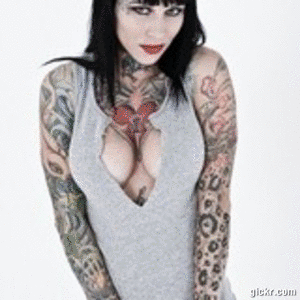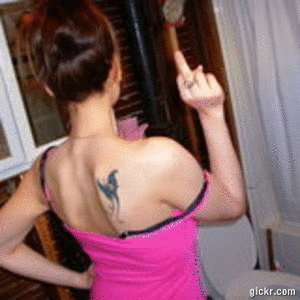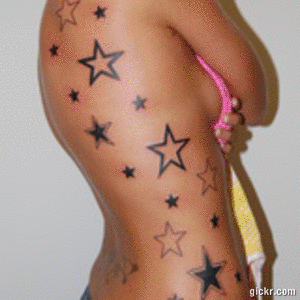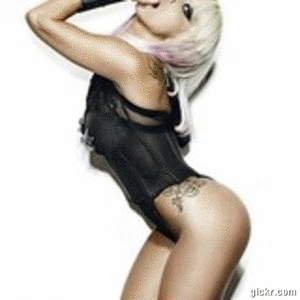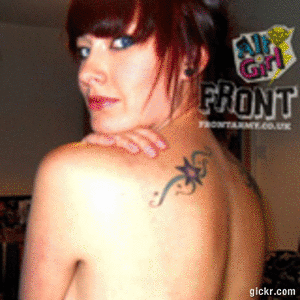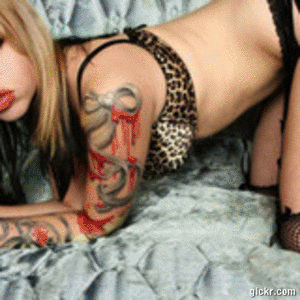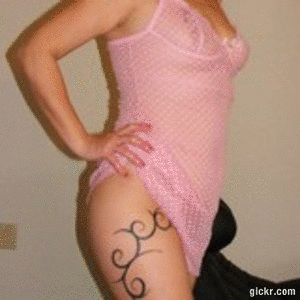
NEW YORK - The sad lament of every great tattoo artist is that their work will never be preserved for future generations — their canvases die and turn to dust sooner than almost any other medium.
But Jeff Johnson, author of "Tattoo Machine: Tall Tales, True Stories, and My Life in Ink" and co-owner of The Sea Tramp Tattoo Company in Portland, Oregon, still loves to go to work.
"It's the people," said Johnson, 39, of his 18 years in the business. "You sit down with strangers and hear where they came from, about their jobs, hear their stories."
The people he sees represent a greater cross section of society than ever before with tattoos, once the domain of outlaw bikers and sailors, very much a part of the mainstream.
About 36 per cent of Americans between age 18 and 25 have at least one tattoo. Of those aged 26 to 40, some 40 per cent have a tattoo, according to a 2006 survey by the Pew Research Center.
"College students to physicians, weirdo bikers to BMW mechanics," Johnson said of his clientele.
The most memorable for Johnson was an 88-year-old woman suffering arthritis five years ago. The woman, who could no longer wear jewelry, had Johnson tattoo the image of one her bracelets on a wrist.
Tattooing is more popular because Western society has become homogenous, Johnson said, and a tattoo is individual.
"It was always identified with alternative social structures like outlaw biker gangs," he explained. "It could be a response to social pressures to conform."
Johnson dreamed of drawing comic books as a child but instead drifted into tattooing, thinking it would last a few weeks. Once on the job, he was hooked.
One of the last generation of tattoo artists schooled by solely working alongside long-time professionals, he's seen the business change from a few pigments of dubious origin to a variety of colors designed by chemical engineers. The needles also come in a wider range, allowing greater artistic freedom.
As for the tattoo artists, Johnson said they were more likely to hold an art degree than be the stereotypical biker. They will also have passed through tattoo school and be licensed.
"It's not quite the same as going to the dentist but it is no longer where you could walk up and say there is no way you are going in," Johnson said.
The reputations of individual artists spreads by word of mouth, with Johnson himself booked three months ahead. And like all artists, those who tattoo go through different periods.
"I had one period where everything had a glossy feel to it," he said. "In the last few years, I have done a lot of large black and gray pieces."
His shop is situated in a area once overrun by prostitutes but now an artsy conclave of Portland in a historic building with several other businesses including a violin repair shop.
The shop is open from 10 am to 2 am, seven days a week. Large tattoos can take multiple two-hour sessions.
Johnson said while tattooing a woman's breasts or private parts was uncomfortable for the first 10 years, he long ago ceased to be embarrassed by any requests.
"It's like being a bouncer at a strip club," he said. "You just don't see anything anymore.



